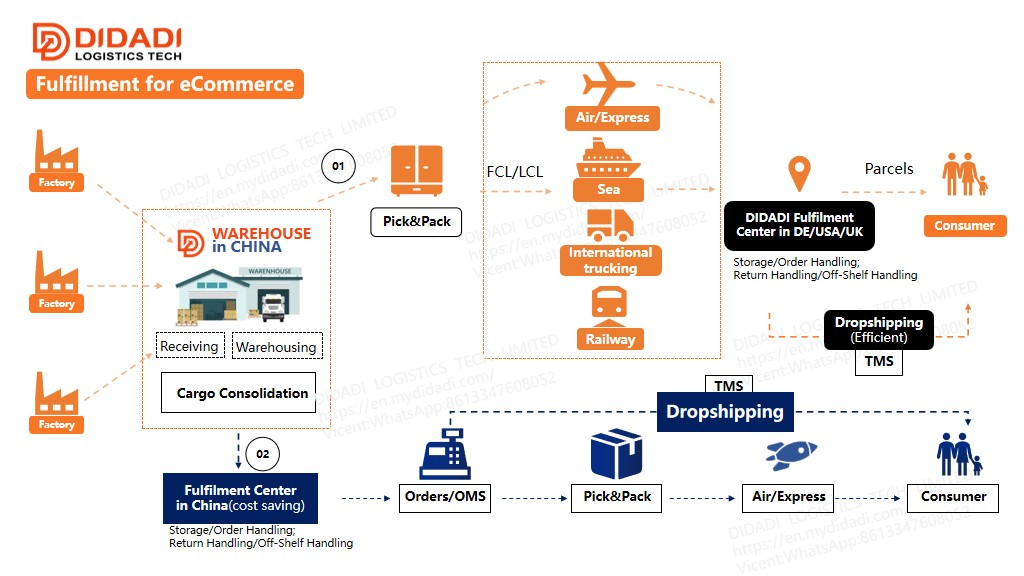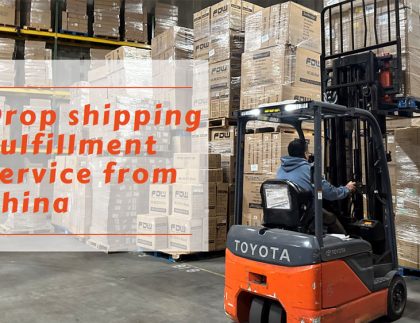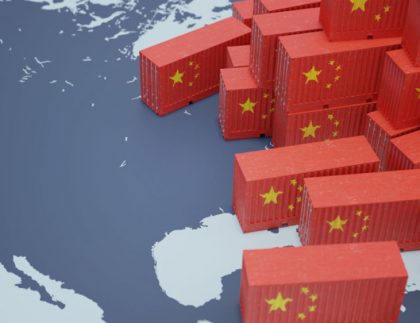DTC Shipping: What Direct-to-consumer Retailers Need to Know About Shipping?
In the world of e-commerce, direct-to-consumer (DTC) retailers have gained significant traction, allowing brands to connect with customers on a personal level and streamline the purchasing process.
However, one critical aspect that directly impacts customer satisfaction and brand reputation is shipping.

Direct-to-consumer (DTC) brands have been on the rise in recent years, disrupting traditional retail and changing the way consumers shop for products.
These brands cut out middlemen and sell directly to consumers through their websites and social media channels with automated order processing, allowing them to offer high-quality products at lower prices.
One crucial aspect of DTC brands’ success is their shipping method, which plays a significant role in delivering their products to customers quickly, efficiently, and cost-effectively.
However, DTC shipping can be complex and challenging, especially for businesses that are new to the process.
In this article, we will provide an essential guide to DTC shipping for direct-to-consumer fulfillment, and how it can benefit your business.
Table of Contents
What Are DTC Brands?
DTC brands are businesses that sell their products directly to consumers without relying on intermediaries such as wholesalers, distributors, or retailers.
These brands often have a strong online presence, using social media and e-commerce platforms to reach customers directly. They can offer personalized experiences and build a loyal customer base by providing high-quality products, exceptional customer service, and unique brand experiences.
Understanding the DTC Shipping Process

The DTC shipping process involves several stages, from receiving orders to delivering products to customers. Here’s a breakdown of the process:
Receiving orders
DTC brands receive orders through their website or social media channels. They use order management systems to process and manage orders efficiently.
Fulfillment
Once an order is received, the DTC brand processes it by picking, packing, and shipping the products. They may use a third-party logistics provider (3PL) or handle fulfillment in-house.
Shipping
They use various shipping carriers to deliver their products to customers, depending on factors such as speed, cost, and destination.
Tracking
Customers expect to be able to track their orders in time, so DTC brands need to provide tracking information through their website or email.
Benefits of DTC Shipping
Increased Profit Margins
One of the primary benefits of DTC shipping is that it allows end-to-end e-commerce businesses to earn higher profit margins. By eliminating intermediaries like wholesalers and retailers, brands can sell their products directly to consumers at a higher price.
Better Control Over the Customer Experience

DTC shipping also gives e-commerce businesses better control over the customer experience. When products are sold through intermediaries, merchants have little control over how their products are displayed or marketed.
By selling directly to consumers, merchants can ensure that their products are displayed in the best possible way, and they can also control how they are marketed and promoted.
More Accurate Customer Data
Another significant benefit of DTC shipping is that it provides sellers with more accurate customer data. By selling directly to consumers, sellers can collect data on their customers’ purchasing behavior and preferences.
This data can be used to improve marketing strategies and product development.
Faster Time to Market
DTC shipping can also help manufacturers get their products to market faster. By eliminating intermediaries, business owners can reduce the time it takes to get their products to consumers. This can be particularly beneficial for new products or products that have a short shelf life.
And by integrating your e-commerce platform with WMS provided by DIDADI, you can get real-time updates on inventory levels. Which also can help you optimize your shipping strategy by automatically selecting the most efficient carrier and shipping method for each order with real-time tracking information.
More Flexibility in Pricing
DTC shipping provides DTC e-commerce with more flexibility in pricing. By selling directly to consumers, sellers can adjust their prices quickly and easily. This can be particularly useful in situations where demand for a product is high, and sellers need to adjust prices to match market conditions.
By working with 3pl fulfillment, you’re given accurate insights into your inventory data at the SKU level so you know what’s in stock at every fulfillment location. With real-time inventory management insights, DTC brands can arrange their inventory flexibility to avoid stockouts.
Key Considerations for DTC Shipping
While DTC shipping offers many benefits, it also poses unique challenges that brands must overcome.
- Shipping costs: DTC brands need to balance shipping costs with customer expectations for fast, low-cost delivery.
- Order management: Business owners need efficient systems and processes to manage orders, pick, pack and ship products accurately and quickly.
- Packaging: They rands must invest in durable and secure packaging to protect products during transit.
- Customer service: Brands must provide exceptional customer service, including quick response times, easy returns service, and tracking information.
How DIDADI Ensure A Successful DTC Shipping Operation for You
DIDADI Logistics Technology is a leading 3PL provider that specializes in DTC shipping. We offer end-to-end solutions for brands looking to optimize their e-commerce shipping processes, from order management to fulfillment and delivery.
DIDADI ensures a successful DTC shipping operation by:
- Providing a range of shipping options, including sea shipping, ground shipping(rail shipping or truck shipping), and air shipping. DIDADI provides access to different transportation modes and multimodal options, which make your supply chain more flexible in competitive price.
- Offering real-time tracking and notifications, so customers can stay informed about their orders.
- Integrating with e-commerce platforms and order management systems(OMS) to streamline the shipping process. DIDADI is a hybrid of a shipping platform and an inventory management system, which means that all returned products are automatically re-updated in your inventory as in stock, and re-packed and re-labeled to improve your customer service.

In conclusion, DTC shipping can be a valuable tool for e-commerce businesses looking to establish a direct relationship with their customers. By following best practices and considering key considerations, businesses can create a successful DTC shipping operation that benefits both their business and their customers.
Previous Post: Managing Surplus Inventory: A Guide for E-commerce Sellers
Start your ship now!
- Improve your cross-border shipping
- Decrease expenses
- Accelerate deliveries









